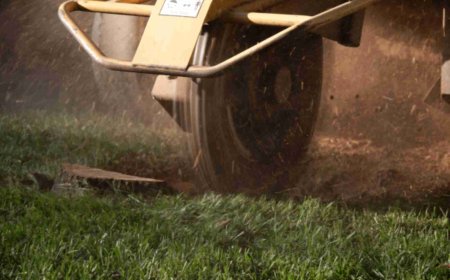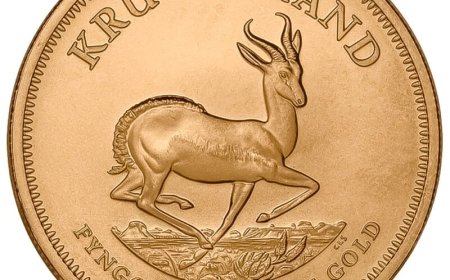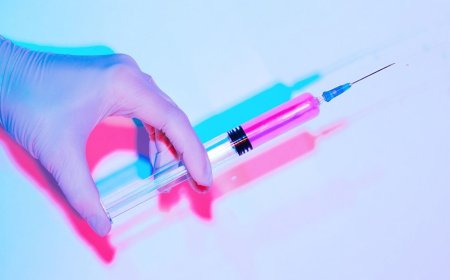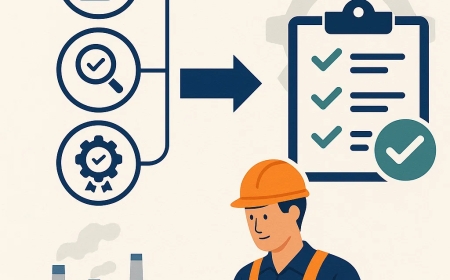How often should you replace your golf balls?
Learn how many rounds a golf ball lasts and when to replace it to keep your game consistent and sharp.

Golfers often focus on clubs, technique, and the course. But one small item can make or break a game the golf ball. While it seems durable, it doesnt last forever. Many players hang onto a single ball for multiple rounds, assuming it's fine unless it's lost or damaged. But theres more to it than that. In the middle of every game, using the right equipment matters and that includes golf balls for sale at your local pro shop or online. Knowing when to swap out your golf ball is key for maintaining consistent play.
Does a Golf Ball Wear Out?
Golf balls dont have a visible expiration date, but they do break down over time. Repeated impacts from clubs can compress the core and damage the outer cover. Tiny scratches and scuffs affect flight and spin. Even if a ball looks fine at first glance, small imperfections can change its behavior during a shot. Weather and moisture also take a toll, especially if the ball has been in storage or left in a wet area.
How Many Rounds Can a Ball Handle?
A high-quality golf ball can usually last 6 to 7 full 18-hole rounds if you dont lose it first. After that, its performance may start to dip. Spin rates can drop, distance may suffer, and it might not respond as sharply on the greens. Casual golfers might not notice these subtle changes, but serious players will. Once the ball has seen a few rough rounds, it's time to bring in a fresh one.
Watch for Visible Damage
Any sign of wear means the ball should go. Cuts, cracks, or deep scuffs mess with the aerodynamics. The dimples on a golf ball arent just for show theyre what keep it stable in the air. If those dimples get damaged, the flight becomes unpredictable. Even a small chip can throw off your game. Keep an eye on the surface after every few holes and swap the ball out if it looks rough.
Performance Drops After Water Exposure
If your golf ball ends up in a pond or lake and you fish it out later, dont expect it to play the same. Water gets into the core over time, which affects the bounce and flight. You might still use it for practice or casual rounds, but in a match or tournament, dont risk it. Fresh, dry golf balls give you more control and better feedback on your shots.
Consider Swing Speed and Playing Style
Harder hitters and those with faster swing speeds tend to wear out balls more quickly. The impact creates more stress on the core and cover. If you're hitting long drives or using wedges often, check the ball more often. On the other hand, slower players may get a bit more life out of each one. Pay attention to how it feels during play. If the response changes or shots feel off, the ball may be past its best.
Storage Conditions Matter
Leaving golf balls in your garage through the winter or in a hot car during summer can ruin them before you even hit the course. Temperature swings and humidity can weaken the outer layer or dry out the core. Keep them in a cool, dry place if you want to preserve their condition. Even unused balls have a shelf life, especially if they've been sitting around for years.
When Should You Use a New Ball?
Anytime you're heading into a serious game even just a local tournament it's smart to start with a new ball. That gives you a clean slate, reliable spin, and the best feel possible. Practice sessions are a good time to use older or slightly worn balls. Save your newer ones for when it really counts. Switching to a new ball can even give you a small confidence boost if your game has felt a little off.
Is There a Difference by Ball Type?
Tour-level balls with urethane covers are softer and more prone to wear. They provide great control but wear faster, especially if you use wedges a lot. Lower-priced balls with harder covers last longer but might not offer the same short-game performance. Regardless of type, they all reach a point where they underperform and thats when its time for a swap.
How to Test a Ball's Condition
You dont need a lab to tell if your ball is still good. Roll it on a flat surface. If it wobbles, the core might be uneven. Drop it from waist height on a hard surface and listen for a clean bounce. If it sounds flat or feels soft, it may have internal damage. These simple checks can help you know when to toss it aside.
Conclusion
Replacing your golf ball isnt about superstition its about performance. A fresh ball gives you the edge you need in accuracy, distance, and spin. If youre playing often, it makes sense to change them out after a few rounds or when any damage shows. Keep an eye on how they feel and fly. When they dont respond the way you expect, its probably time for a change. Dont let an old ball mess with a great shot.



























